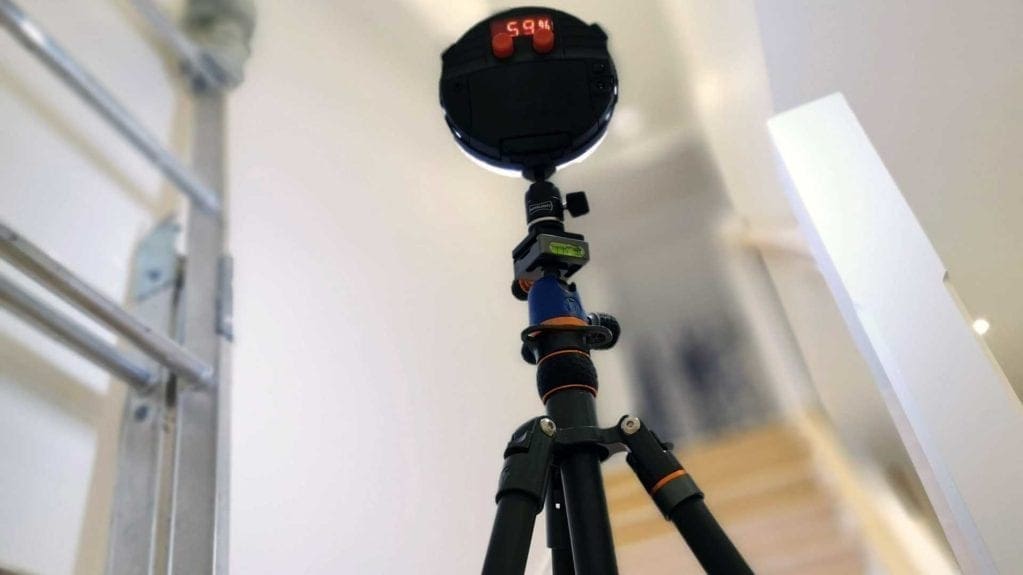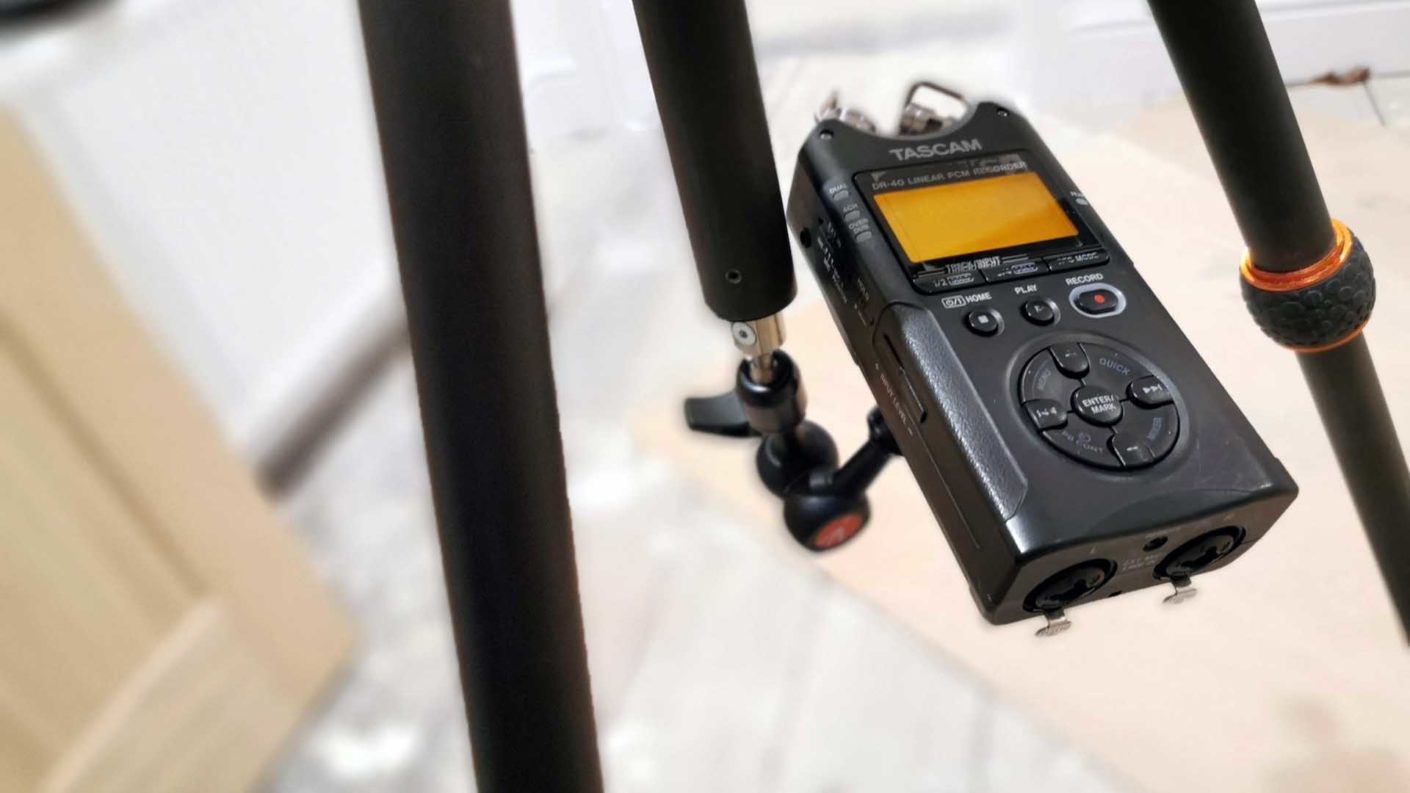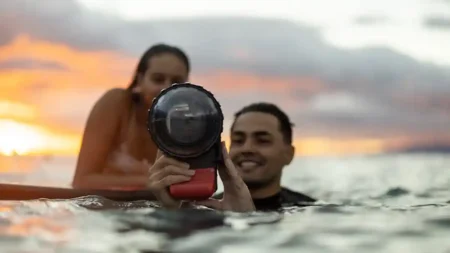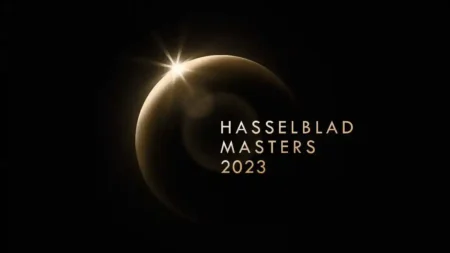A tripod is an insanely useful piece of kit. Of course it’s primarily designed to stabilise your shots and to help with things like shooting stunning panoramas, but are you aware of some of the other uses for your tripod?
Let’s start with the basic usage so we know where we are. First up, extend the legs, and choose the appropriate leg angle and voila, we have a stable shooting platform.
Next up we have the low angle shooter. Unscrew the column lock and remove the centre column, invert it and put it back together. We’re now at a low angle and ready to shoot some macro.
For even lower level shooting, with a 3 Legged Thing tripod, remove the centre column altogether, screw the Tri-mount plate directly on to the canopy, adjust the leg angle to 80˚, and attach your camera with the head, or directly on to the Tri-mount by inverting the mounting bolt – you’re ready to shoot at ground level.
These are basic tripod features that we should all be aware of, but what else can you use your tripod for?
Finally, for the basics, the monopod leg. Unscrew the leg (the one with the copper band in the case of 3LT tripods), then remove the centre column (if you’re using a Punks Billy as seen here), join the centre column to the top of the leg, then unscrew the head and attach it to the top to make one full-height monopod.
Accessories holder

At the bottom of the centre column, you’ll find a small D-ring which can be unscrewed to reveal a screw thread into which you can attach a friction control arm. Put the D-ring somewhere safe so you can re-attach it later.
Once in place, you can use this to attach accessories such as an audio recorder or lamp.
Lighting stand

Lighting has come a long way recently with the increasing use of LED constant lighting.
Models such as the Rotolight Neo 2 feature a standard ¼”-20 thread, so they can be easily attached to a tripod base plate and mounted in the same way as your camera.
A tripod makes a sensible stand for this new breed of light, enabling excellent control over the direction via the ballhead.
Traditional hotshoe flashes are also suited to use on a tripod and many come with the adapter for a ¼”-20 mount in the box.
Whatever style of lighting you use, a tripod enables you to start experimenting with off-camera illumination so you can get truly creative.
Testing, testing 123
That monopod leg is useful for all sorts of non-three-legged jobs. For instance, if you’re conducting an interview and need to get the mic in on the conversation, attach it to the end of the monopod leg and you’ve got a mic boom.
As with any boom, it’s worth thinking about the cable that’s connecting the camera or audio recorder to the mic, don’t just let it flap about. Use small velcro straps to hold it in place and nobody will know that you’re using a tripod leg as a boom in place of the real thing.
Mic stand
There are many occasions when I’m doing a bit of filming and need an extra mic or two in fixed positions. A tripod can take the place of a mic stand.
You can also mount an audio recorder such as the Tascam DR40 to a tripod to capture ambient sound.
Diffuser stand
Reflectors and diffusers used to be incredible weighty, however, today with the likes of the Lastolite HaloCompact it’s possible to attach a sizable diffuser to a tripod.
Bolted directly to the base plate, the diffuser can be manoeuvred into the position you need. It’s great for photoshoots where a little bounced light is required or for video shoots when you need to diffuse strong sunlight.
Is that a badger?
Looking to capture the nightlife with a Swann wildlife camera? It’s amazing what you’ll pick up; it’s not all cats!
The wildlife camera set-up should be relatively straightforward; find a location, strap it to a tree and set it recording. However, in reality, it isn’t always that easy to find something to mount the camera to.
Why not use your tripod as a simple stand and attach the camera in place with a ¼”-20 or ⅜”-16 mount.
Trigger
You’ll need two tripods and a trigger system such as the Hahnel Captur Pro for this. Set up the trigger unit on the tripod and your camera on the other.
Then set the Captur to trigger on either light, sound, Laser or IR and you’re ready to capture explosions, bullets or simple water drops with ease.
Dolly slide

Let’s take a look at a few more uses for video shooting.
The Dolly Slide is a simple effect that you can create with the help of a tripod, although we’re going to bipod it.
Start by getting the tripod in position and ensure that the camera on top is perfectly level. Then retract the front leg so that you can rock the camera back and forth.
Now you can use that action to get the Dolly Slide effect. Using a video head will enable you to get a nice smooth tilt through the movement.
But, with a bit of practice there’s nothing to stop you getting great effects with a standard ball head.
As always make sure you hold securely onto your camera.
Smooth panning with a rubber band
The simple rubber band has a multitude of uses and here we’re going to use it as a simple damper.
With the tripod setup and camera ready to roll, release the pan knob so the camera rotates smoothly through 360º.
Now attach a rubber band to the securing knob and gently pull in the direction that you want. You’ll find that the rubber band just helps to smooth out the motion compared with doing the same thing directly by hand.



